Peers around the world: inclusive innovation and urban development in Melbourne Innovation Districts
/Tom_Bentley.png)
In our latest "peers around the world" feature, where we interview leaders of global innovation spaces, we sit down with Tom Bentley of Melbourne Innovation Districts, Australia. He tells us about urban development past and present, the city’s living history, and the power of inclusive innovation to drive sustainable community growth and social and environmental good.
What are the origins of the innovation district project? Why these partners, and why now?
Melbourne is a fast-growing, highly diverse city, going through big changes in its transport and neighbourhood structure. International education, health, technology and the knowledge economy all play a big part in Melbourne’s economy and quality of life. In 2016 RMIT University began discussion with the City of Melbourne and University of Melbourne began discussion about the potential to jointly influence and transform the City North area, as a shared Innovation District already spanning many significant precincts and knowledge centres.
RMIT's experience in Barcelona in the heart of the 22@ Innovation District gave stimulus and inspiration for the potential impact that networked collaboration, in a strategically integrated innovation district, can have.
MID is being developed in an area that’s home to many of Melbourne’s historic knowledge institutions: how will that legacy tie into the future Innovation District?
The first workers’ college (RMIT), State Library, the University of Melbourne, Queen Victoria Market, Royal Exhibition Buildings, Melbourne Museum and Trades Hall and the first Women’s hospital are all in this neighbourhood. It is also an important site of First Nations knowledge and culture.
This living history has influenced the focus of our Innovation District, including our focus on cross-sectoral collaboration, and social innovation alongside deep technology and industry partnership, and the crucial role of workforce development in building innovation solutions.
Our district approach also seeks to connect and improve the physical landscape and new building infrastructure, in ways that protect and share the cultural and organisational value of the historic buildings and precincts.
The former Royal Women’s Hospital is one of the key sites for redevelopment: what do you have in mind there?
Melbourne’s City North is already seeing many transformative building and renewal projects, and a key one is the University of Melbourne building Melbourne Connect on the site of a former public hospital. Melbourne Connect is itself a flagship innovation precinct, creating space for co-location of industry, the University’s Engineering School, startup incubator space, and a Melbourne Science Gallery.
Melbourne Connect is also on a corner of Cardigan Street, a few minutes walk from RMIT’s Social Innovation Precinct site, creating another walkable connection between venues for learning, enterprise and shared culture.
The public realm is one of the key pillars of MID – can you tell us more about how the District will use public spaces and connect with the rest of the city?
The public realm in Melbourne’s City North is beautiful, distinctive and also in need of regeneration – it has many green public squares, linking streets, wide avenues and public gathering spaces. But past fragmentation of planning, intensive development of high-rise apartment towers, growing road traffic and the impacts of COVID 19 have restricted the amenities and benefits that people can access.
For the Melbourne Innovation District, our agenda includes linking different parts of this wide-ranging, but walkable, district, promoting shared ‘wayfinding’ and access to knowledge by workers, students, residents and visitors, and using urban innovation, including new sensor, data, water management and urban design to encourage access and activation, especially during pandemic recovery. We are pursuing small-scale and experimental interventions in the landscape, such as art installations, special event programming and flexible spaces for shared community activities. Locations where enterprise activation and social innovation can take place are readily available for a range of mixed uses.
I understand inclusive innovation is one of your areas of expertise. Can you tell us a bit more about this concept? Is it something you’re aiming to build in to the innovation district?
Inclusive innovation reflects the importance of building knowledge and solutions that meet the needs of our whole community, and involve that community in sharing their ingenuity and experience. In recent decades innovation has often been associated with narrow opportunities driven by finance and technology, and while entrepreneurship is a quality found in every part of every society, especially among those people who build from the ground, the chance to access prestigious scientific research and startup investment is too often narrowed to those with wealth and connections.
Growing inequality in our economies and our cities creates huge problems, and inclusive innovation is about designing institutions, strategies and investment partnerships that renew the common foundations of sustainable development. RMIT’s Strategy to 2031: Knowledge with Action commits the university to leveraging its locations as platforms for inclusive and sustainable community growth.
This commitment is also reflected in Innovation district partnership; working together to encourage more equitable access to learning, workforce participation, promote inclusive growth and drive social and environmental good.
What is the long-term vision of MID, once development work is complete? How will it influence the development of the city as a whole?
The vision of MID is that City North will evolve and grow as a world-class urban district, leveraging deep technologies and innovation ecosystems to build large scale, inclusive solutions, and strengthen our many positive international connections, including through international education, trade and innovation networks. Our long-term vision is for the district to continue renewing itself and growing as a shared destination for knowledge, and that its partnerships will grow support workforce solutions and innovation ecosystems on a far wider scale.
As part of the Melbourne Innovation District, RMIT is now working to develop a social innovation precinct across a whole city block, with a dedicated long-term focus; to be a place where the future of social care and wellbeing is reimagined, where smart and sustainable city-shaping is brought to life, where the next generation of engineering and manufacturing leaves the lab and enters the workplace, and the potential of deep technology is put to work in solving complex problems ranging from mental health and medical implants to cyber-security and inter-cultural understanding.
/)

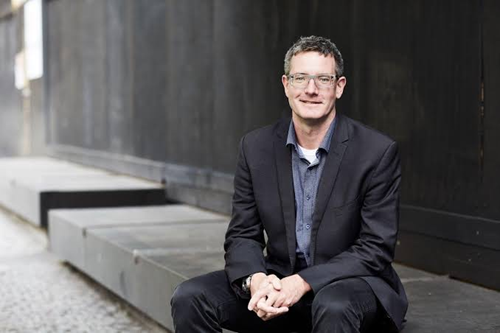
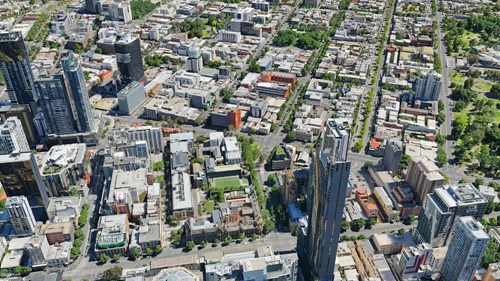
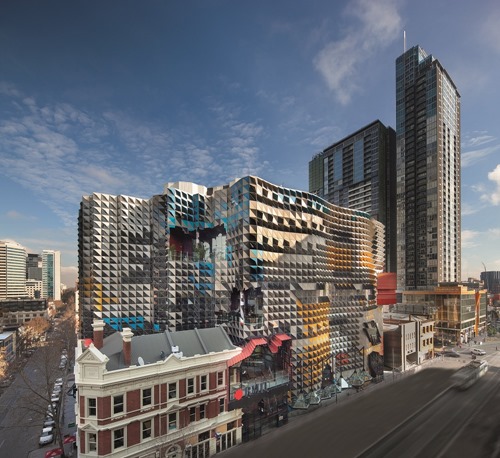
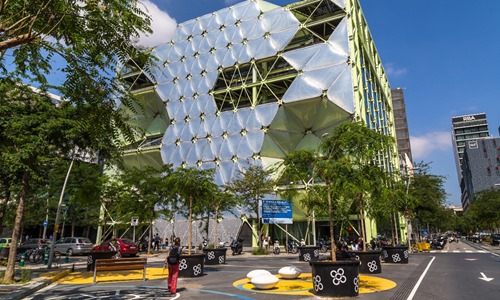
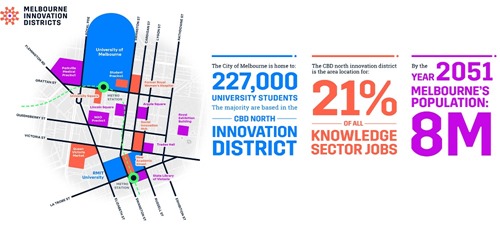
/canvascolor(0xffffffff)/Andorra_RGB_RI-1_1.png)
/canvascolor(0xffffffff)/MemberLogo-25804-6113.jpg)
/canvascolor(0xffffffff)/2025_07_08_Kazakhstan_Astana_Business_Campus.png)
/canvascolor(0xffffffff)/MemberLogo-79604-5902.jpg)
/canvascolor(0xffffffff)/sip_zurich_rgb_transparent_1.png)
/canvascolor(0xffffffff)/MemberLogo-54401-232601.jpg)
/canvascolor(0xffffffff)/Logotyp_Pos_Round_3.png)
/canvascolor(0xffffffff)/Adlershof_rgb.jpg)
/canvascolor(0xffffffff)/2024_01_09_Logo_Business_Turku_2.png)
/canvascolor(0xffffffff)/MemberLogo-75401-5958.jpg)
/canvascolor(0xffffffff)/2017_08_04_ATV.png)
/canvascolor(0xffffffff)/2025_06_27_Sweden_Skelleftea_Science_City.png)
/canvascolor(0xffffffff)/2017_07_25_Germany_Technologiepark_Heidelberg.jpg)
/canvascolor(0xffffffff)/MemberLogo-5769-6232.jpg)
/canvascolor(0xffffffff)/WCID_logo_forest_green_2.jpg)
/canvascolor(0xffffffff)/Captura_de_tela_2025-03-06_122825.png)
/canvascolor(0xffffffff)/WhatsApp_Image_2024-03-11_at_10.37.06.jpg)
/canvascolor(0xffffffff)/MemberLogo-89401-462801.jpg)
/canvascolor(0xffffffff)/logo_46.png)
/canvascolor(0xffffffff)/2017_10_23_Iran_Pardis_Technology_Park.png)
/canvascolor(0xffffffff)/MemberLogo-87901-361401.png)
/canvascolor(0xffffffff)/2024_03_01_Brazil_PCT_Sao_Jose_Dos_Campos.jpg)
/canvascolor(0xffffffff)/ppnt_logo_EN.png)
/canvascolor(0xffffffff)/GEP_Logo-01_transparant_(1)_6.png)
/canvascolor(0xffffffff)/11_36.png)
